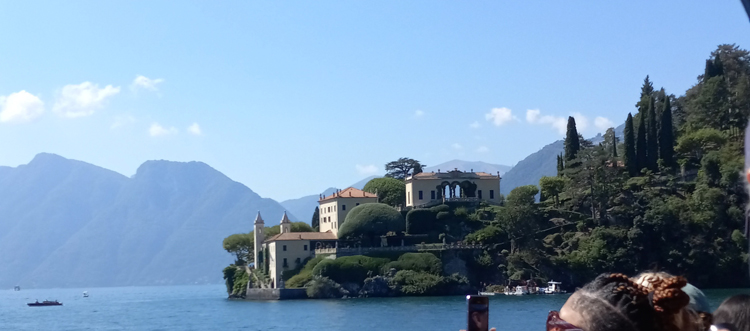Milan - 2023

(Click any image to see it full size.)
Milan - 2023

(Click any image to see it full size.)
European cities are famous for the contrast between their centers - medieval, cramped, crooked, often walled in even to this day - and their modern outskirts, with highrises, fast food, parking problems and sameness. But Milan in northern Italy is not like that. It is dynamic all the way through. There are numerous neighborhoods with food as good as in the snobbishly overcharging areas east of the Duomo in the fashion and jewelry district. And most impressive of all is the area called Porta Nuova, where architects were allowed to go crazy, building skyscrapers in odd shapes, and apartment buildings looking like forests stood on their ends. It is a nontraditional European city, very different from its Italian cousins to the south.
For one thing, Milan still has its city airport Linate right within it (the big international airport Malpensa might as well be in a different province). The Metro goes right to it and for €2.20, you can get right into town in 25 minutes. Just tap your credit card. It will account for free transfers by itself.